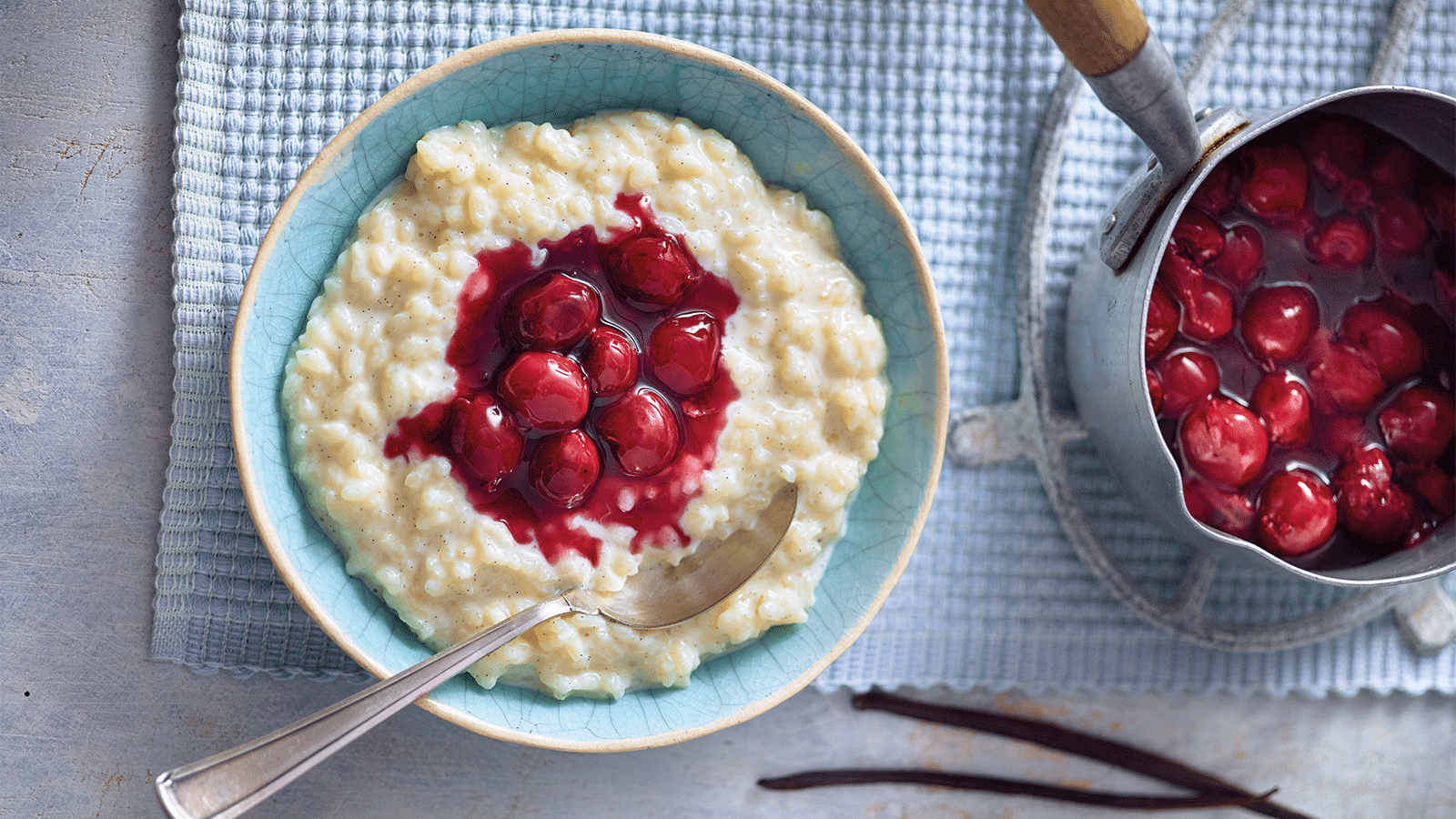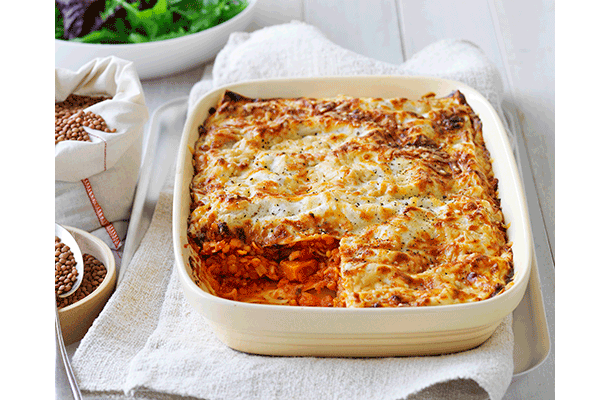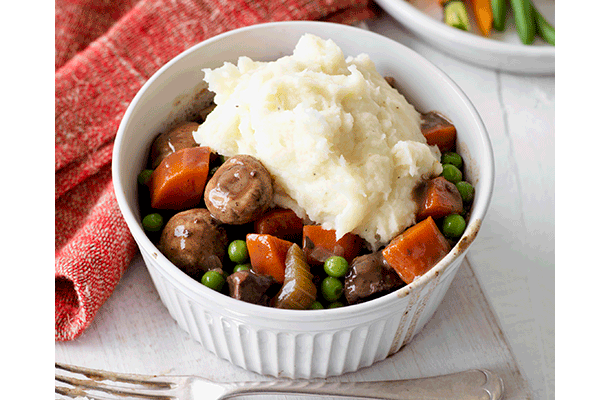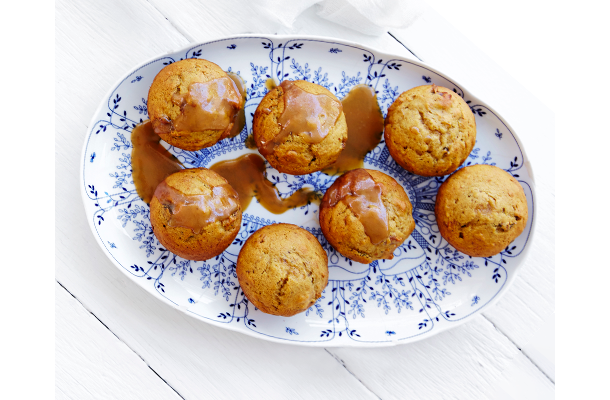How to beat winter cravings


6 healthy winter food swaps
The days are colder, shorter and hearty meals are on our minds. But winter comfort food doesn't have to derail your health and weight loss goals. Enjoy all of your favourite winter meals with these tried-and-tested WW food swaps!
1. Swap pudding for poached pears
If you love your winter desserts, there a plenty of healthy winter recipes ideas. Poached, baked or roasted seasonal fruits make the perfect winter dessert without breaking your budget. Flavours such as vanilla, cinnamon and nutmeg add spice to poached fruit – not to mention a good dose of antioxidant activity. Seasonal winter fruits that are great for poaching, baking or roasting include apple, pears, rhubarb and quince.
Try our recipes for slow-cooked vanilla poached pears or our easy roast quinces with cinnamon and vanilla.
WW tip: Buy individual oven and microwave-safe ramekins to portion control your cooked fruit dessert servings.
2. Substitute meat for beans and veggies
Substitute red meat in your bolognaise, curry or casserole with legumes such as chickpeas, red kidney beans or lentils. Why swap? Legumes are a cost-effective source of protein, low-GI and have resistant starch to promote optimal levels of good bacteria in the gut for an immunity boost. Our recipe for red lentil and pumpkin lasagne combines roasted pumpkin, lentils and a hint of nutmeg to create a healthy and hearty winter meal.
Pasta is another delicious winter favourite. If you want to lower your Points and increase your antioxidants, try zucchini noodles (also known as ‘zoodles’). Zucchini create perfect noodles with a vegetable spiraliser (or by shaving strips with a normal peeler) and provide a perfect base for tomato bolognaise or pesto sauces.
>Red lentil and pumpkin lasagne
WW tip: Get the slow cooker out and try our winter slow cooking recipes.
3. Get creative with cauliflower
As a member of the cabbage family, cauliflower is a good source of vitamin C and can be eaten raw or cooked. It's also available throughout winter in Australia. A serve of cooked cauliflower (75g) contains approximately 41mg of vitamin C – that’s close to 100% of your recommended daily intake. Cauliflower is also known for its anti-inflammatory properties that may help to boost your immune system. Our recipe for spice roasted cauliflower is roasted in turmeric and cumin and topped with sweet currents and is a great side dish to any winter dinner.
Try swapping cauliflower with white sauce for roasted spiced cauliflower. By roasting the cauliflower it draws out the creamy textures without the use of excessive amounts of cheese. Adding turmeric to your cauliflower not only adds flavour but powerful antioxidants. Many studies have looked into the antioxidizing properties of turmeric and they have found that, unlike other antioxidants, they can both neautralise ‘free radicals’ and stimulate the body to create more antioxidants.
>Spice roasted cauliflower with currants
4. Swap cream for plain yoghurt
With probiotic live bacteria cultures that boost immunity, it pays to use a good-quality plain yoghurt in place of cream or sour cream. Research shows probiotics may help strengthen your gut defence and minimise risk of pathogens and nasties getting into your digestive system. Using plain yoghurt instead of sour cream will also reduce the amount of saturated fat in your meal. So next time top your soup with a dollop of yoghurt instead of cream. Give it a try in our recipe for cream of kumara soup with tomato pesto toasts.
>Cream of kumara soup with tomato pesto toasts
WW tip: Batch-cook soups and keep them frozen in portion-controlled containers to grab and go for a healthy lunch. For more ideas check our batch cooking guide and recipes.
5. Trade a meat pie for a pot pie
The pastry in beef pies contains a large amount of saturated fat. By switching to a mashed potato topping it will not only save you Points, but also increase your fibre and nutrient intake. Our recipe for beef bourginonne pie with parsnip mash combines the flavours of a hearty beef stew with red wine, mushrooms and plenty of veggies.
>Beef bourginonne pie with parsnip mash
6. Try our healthier sticky date pudding
Sticky date pudding is a classic warm dessert with gooey date and caramel flavours. Regular sticky date pudding though can be very high in Points. Our WW version for individual muffin sized sticky date puddings uses fresh dates to keep the Points down while keeping that rich date flavour. Drizzle our homemade warm caramel sauce on top and these individual puddings are the perfect winter dessert. For a little creaminess add a dollop of 99% fat-free plain yoghurt.





